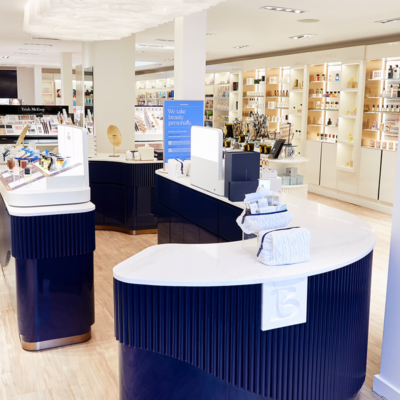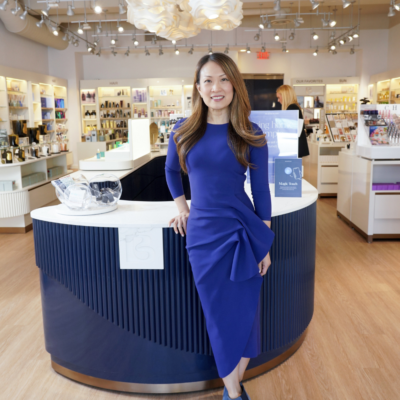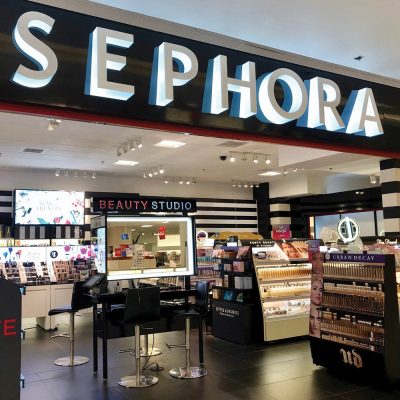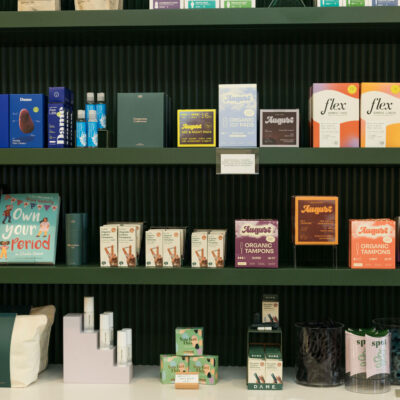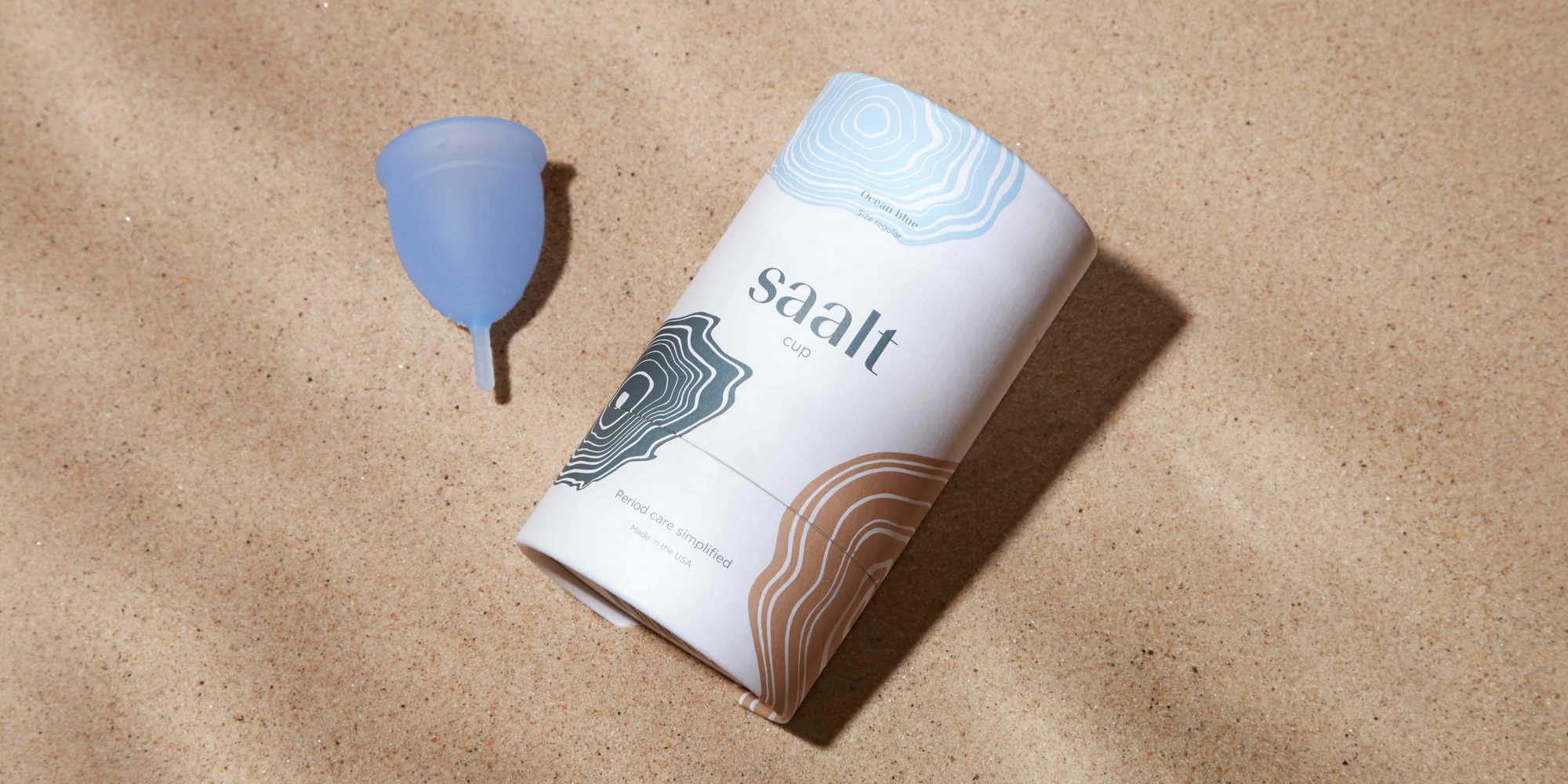
Pushing The Menstruation Conversation Forward, Target Launches Menstrual Cups From Stylish Period-Care Brand Saalt
Saalt has scored a big win for the mainstreaming of menstrual cups by launching at Target.
The sustainable period-care brand is rolling out across the big-box chain’s 1,850 stores with its small and regular individual menstrual cups, duo pack and cup wash, and the small and regular menstrual cups will be featured in endcaps for five weeks. Saalt’s entrance into Target maintains the retail momentum it’s experienced in less than a year on the market that’s carried it into Revolve, Uncommon Goods and Beauty Heroes, and could see it break into the department store segment.
“When we were starting to get a hint of interest from Target, we had another massive nationwide retailer that wanted our cups. We made the decision to completely turn the other retailer down and, honestly, I’m surprised I was able to stomach that decision without much of a problem, but we felt so clearly that Target was the retailer that would help people feel the cup was for them,” says Saalt co-founder Amber Fawson. “We want to be pushing boundaries in department stores as well. We have retailers opening up this category just for us, and it’s been so gratifying because that’s what we want. We want retailers to say this fits within our portfolio and speaks to our customers.”
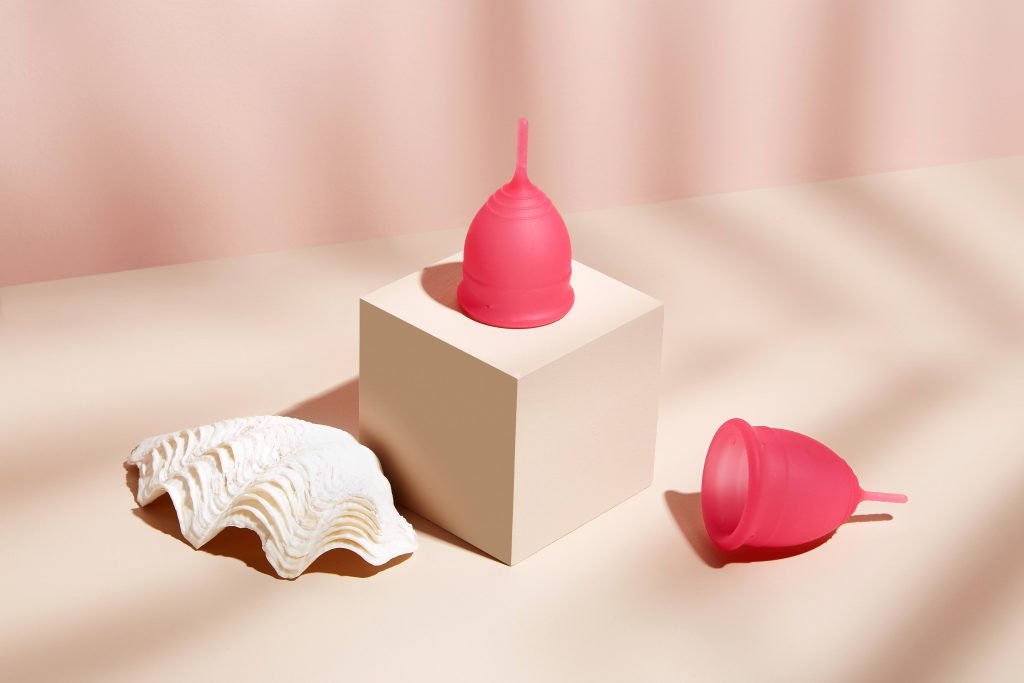
Target has been a leader in pushing the menstruation conversation forward. In addition to Saalt, it stocks menstrual cups, which are eco-friendly alternatives to tampons and pads, from Tampax, Lunette, Softdisc, Cora and Intimina. The retailer has been updating its feminine-care assortment beyond menstrual cups with brands such as The Honey Pot Company, Rael and This is L. Although Fawson estimates only 5% of menstruating consumers rely on reusable products for their periods, Target is poised to register growth as that percentage increases. The worldwide market for the sustainable alternative period products is expected to reach $46 million by 2023, compared to $38 million last year.
“My favorite thing to tell people is to touch it. You will notice a difference in how silky it is. It’s something that you put inside of you, so you want a really comfortable cup.”
Saalt’s brief history demonstrates a brand can swiftly ride rising demand for reusable period-care merchandise if it hits on the right notes. Saalt is on track to register $5 million in sales this year, up from $700,000 last year. Its team has quickly expanded from five to 17 people. The brand has its origins in a call Fawson’s sister-in-law and co-founder Cherie Hoeger placed to her aunt in Venezuela during which she discovered feminine care products were missing from store shelves in the country. In response, she stockpiled reusable pads for family and friends. Eventually, she tried ordering menstrual cups in bulk, but couldn’t find a cup that suited her stringent requirements.
Fawson and Stacey Phillips, director of sales at Saalt, emphasize Saalt’s stylish packaging and functional products separate it from its predecessors. Its menstrual cups are presented in Instagram-worthy cylinders, and the cups themselves are blue and pink. The regular-sized blue version is the bestseller, but new customers gravitate to the small-sized pink version. The small menstrual cups are for light to normal menstrual flow, and the regular cups are for normal to heavy flow. With proper care, the cups priced at $32.99 each in Target last 10 years and are estimated to save customers $1,500 from avoided tampon purchases.
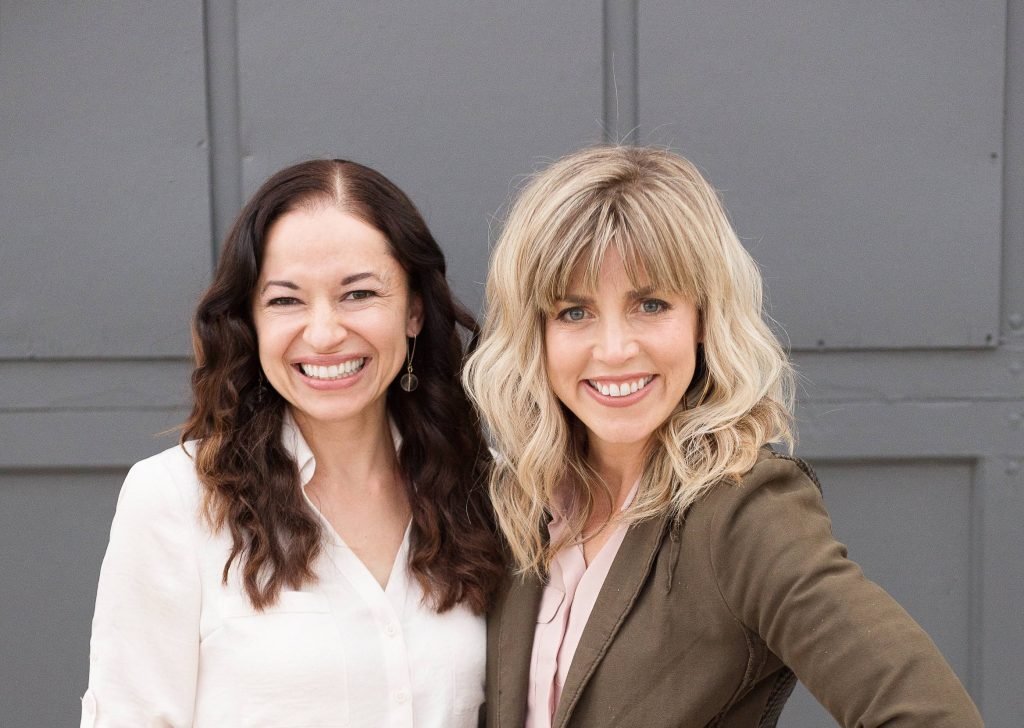
Fawson and Phillips mention Saalt’s cups are made out of soft silicone, and the stems for pulling the cups out of the vagina aren’t irritating. Phillips says many women cut the stems off of cups from competitors, but they’re not in the habit of cutting off Saalt’s cup stems. “My favorite thing to tell people is to touch it,” says Phillips. “You will notice a difference in how silky it is. It’s something that you put inside of you, so you want a really comfortable cup.” Of the packaging, she elaborates, “We want women to not be scared of purchasing a cup and not hide it on the bottom of their shopping carts. We wanted something that elevates the market, takes feminine hygiene to the front and makes it something that can be spoken about.”
“Women are hungry for better period care. They are so ready for conversations to be open, new things to try, and places to go and talk about it, and brands that support them.”
The discussion around menstrual cups is essential because large swaths of consumers know little to nothing about them. At Target, Fawson shares Saalt fought to get a picture of the its menstrual cup and a list of menstrual cup benefits on end caps to fill customers in on the concept. The brand is also initiating a social media campaign answering frequent questions about menstrual cups in humorous ways. For instance, to a question about whether it menstrual cups leak, the brand answers, “They are leak resistant, unlike the Titanic.”
Fawson says one of the biggest surprises so far is that Saalt’s environmental positioning has resonated strongly with consumers. At the outset, the self-funded brand was instructed to stick to the advantages of menstrual cups outside of the environmental realm like their odor-free and sleep-enhancing capabilities, but has learned eco-consciousness is a key reason people consider it. As a result, Saalt has been actively amplifying the communication around its green positioning. For Earth Day, it’s dispersing 11,000 tampons on the sand in Venice Beach, Calif., to illustrate the number of tampons an average woman uses throughout her life, and has tapped street artist The Art of Chase to create graffiti art to complement the activation.
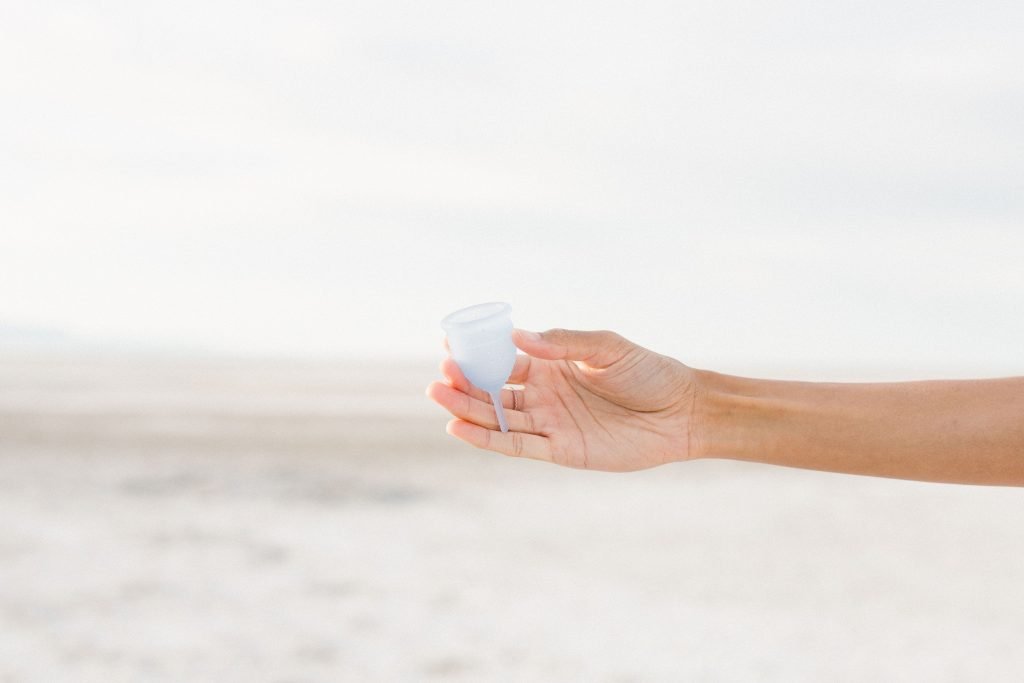
Of course, the long usage span of menstrual cups might scare retailers aiming to draw customers again and again for purchases. The brand will, though, augment its replenishable product offerings. It currently has wash priced at $13 for a 4-oz. tube that’s designed to gently clean silicone without damaging it. And Fawson and Phillips underscore that, once Saalt draws customers, they stay engaged with the brand. “So many customers rally around positive period messages,” says Fawson.
In general, though, Saalt represents a growth opportunity for retailers because menstrual cup customers are a tiny minority, and the category is still in its chrysalis phase. “We are not overly worried that a cup is something that she is going to buy every five to 10 years. She’s going to tell her 100 friends all about it, and they will tell their friends, and we will continue to come out with more products,” says Phillips. “The overall theme is women are hungry for better period care. They are so ready for conversations to be open, new things to try, and places to go and talk about it, and brands that support them.”

